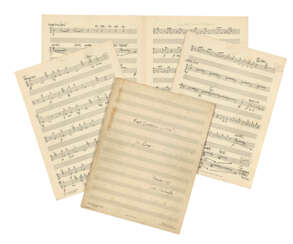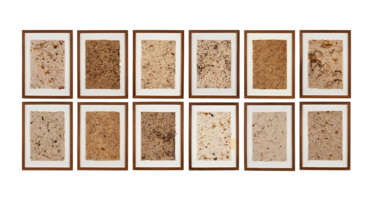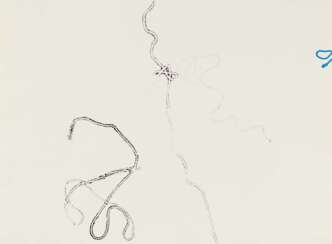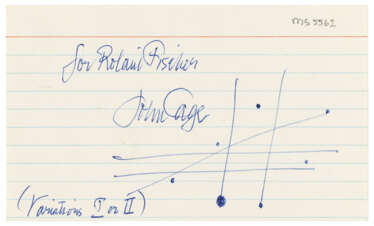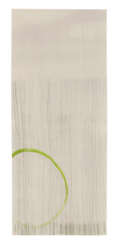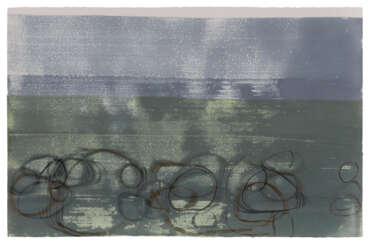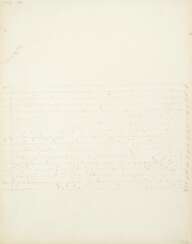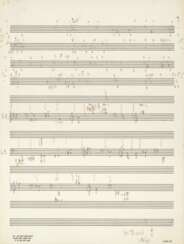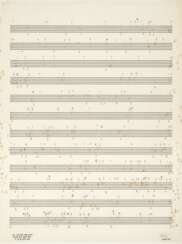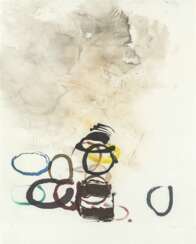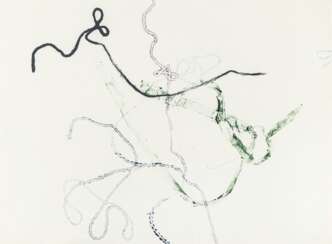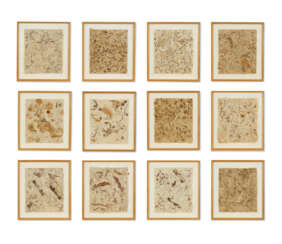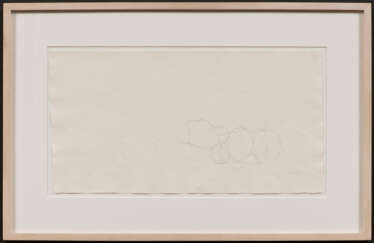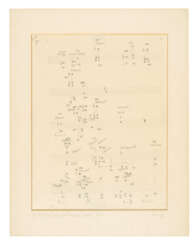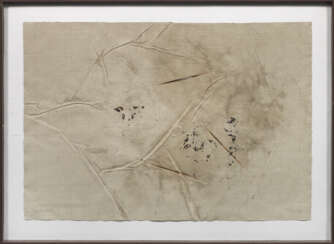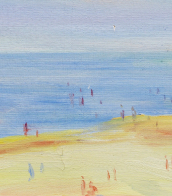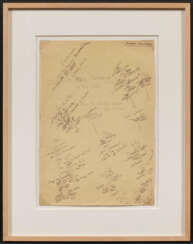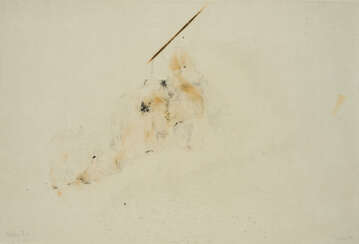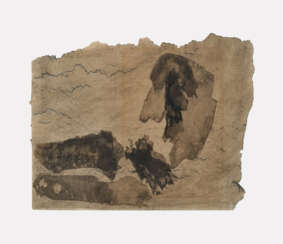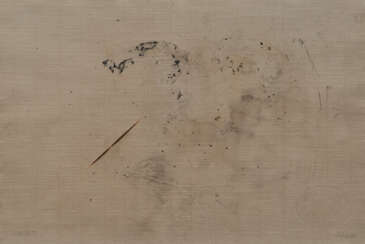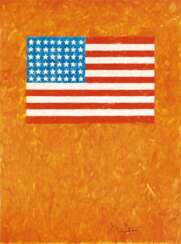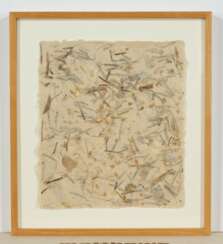john cage
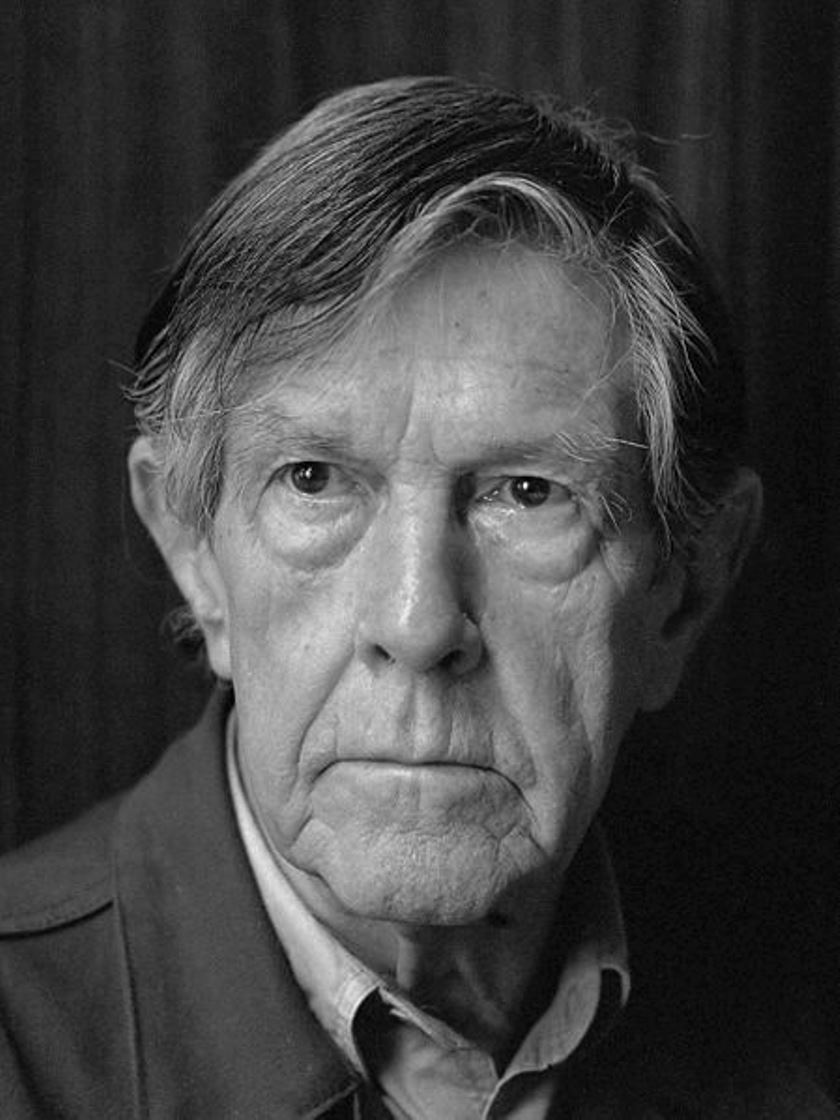
John Milton Cage Jr. is an American composer, philosopher, poet, musicologist, and artist. Cage is considered one of the leading figures of the post-war avant-garde.
Born in the United States, he studied architecture in Europe, but music and painting seemed more interesting to him and he has achieved impressive success there. John Cage is considered a pioneer of uncertainty in music and the unconventional use of instruments, and is highly regarded for his paintings and prints. In addition, he played a crucial role in the development of modern dance and performance art.
His father John Milton Cage (1886-1964) was an inventor.


John Milton Cage Jr. is an American composer, philosopher, poet, musicologist, and artist. Cage is considered one of the leading figures of the post-war avant-garde.
Born in the United States, he studied architecture in Europe, but music and painting seemed more interesting to him and he has achieved impressive success there. John Cage is considered a pioneer of uncertainty in music and the unconventional use of instruments, and is highly regarded for his paintings and prints. In addition, he played a crucial role in the development of modern dance and performance art.
His father John Milton Cage (1886-1964) was an inventor.
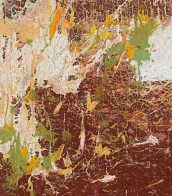

John Milton Cage Jr. is an American composer, philosopher, poet, musicologist, and artist. Cage is considered one of the leading figures of the post-war avant-garde.
Born in the United States, he studied architecture in Europe, but music and painting seemed more interesting to him and he has achieved impressive success there. John Cage is considered a pioneer of uncertainty in music and the unconventional use of instruments, and is highly regarded for his paintings and prints. In addition, he played a crucial role in the development of modern dance and performance art.
His father John Milton Cage (1886-1964) was an inventor.
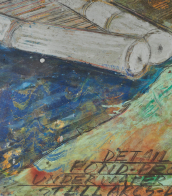

John Milton Cage Jr. is an American composer, philosopher, poet, musicologist, and artist. Cage is considered one of the leading figures of the post-war avant-garde.
Born in the United States, he studied architecture in Europe, but music and painting seemed more interesting to him and he has achieved impressive success there. John Cage is considered a pioneer of uncertainty in music and the unconventional use of instruments, and is highly regarded for his paintings and prints. In addition, he played a crucial role in the development of modern dance and performance art.
His father John Milton Cage (1886-1964) was an inventor.
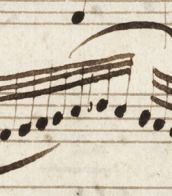

John Milton Cage Jr. is an American composer, philosopher, poet, musicologist, and artist. Cage is considered one of the leading figures of the post-war avant-garde.
Born in the United States, he studied architecture in Europe, but music and painting seemed more interesting to him and he has achieved impressive success there. John Cage is considered a pioneer of uncertainty in music and the unconventional use of instruments, and is highly regarded for his paintings and prints. In addition, he played a crucial role in the development of modern dance and performance art.
His father John Milton Cage (1886-1964) was an inventor.
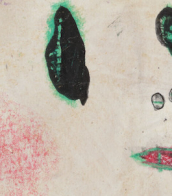

John Milton Cage Jr. is an American composer, philosopher, poet, musicologist, and artist. Cage is considered one of the leading figures of the post-war avant-garde.
Born in the United States, he studied architecture in Europe, but music and painting seemed more interesting to him and he has achieved impressive success there. John Cage is considered a pioneer of uncertainty in music and the unconventional use of instruments, and is highly regarded for his paintings and prints. In addition, he played a crucial role in the development of modern dance and performance art.
His father John Milton Cage (1886-1964) was an inventor.


John Milton Cage Jr. is an American composer, philosopher, poet, musicologist, and artist. Cage is considered one of the leading figures of the post-war avant-garde.
Born in the United States, he studied architecture in Europe, but music and painting seemed more interesting to him and he has achieved impressive success there. John Cage is considered a pioneer of uncertainty in music and the unconventional use of instruments, and is highly regarded for his paintings and prints. In addition, he played a crucial role in the development of modern dance and performance art.
His father John Milton Cage (1886-1964) was an inventor.


John Milton Cage Jr. is an American composer, philosopher, poet, musicologist, and artist. Cage is considered one of the leading figures of the post-war avant-garde.
Born in the United States, he studied architecture in Europe, but music and painting seemed more interesting to him and he has achieved impressive success there. John Cage is considered a pioneer of uncertainty in music and the unconventional use of instruments, and is highly regarded for his paintings and prints. In addition, he played a crucial role in the development of modern dance and performance art.
His father John Milton Cage (1886-1964) was an inventor.


John Milton Cage Jr. is an American composer, philosopher, poet, musicologist, and artist. Cage is considered one of the leading figures of the post-war avant-garde.
Born in the United States, he studied architecture in Europe, but music and painting seemed more interesting to him and he has achieved impressive success there. John Cage is considered a pioneer of uncertainty in music and the unconventional use of instruments, and is highly regarded for his paintings and prints. In addition, he played a crucial role in the development of modern dance and performance art.
His father John Milton Cage (1886-1964) was an inventor.
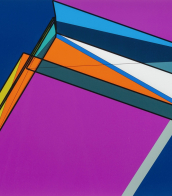

John Milton Cage Jr. is an American composer, philosopher, poet, musicologist, and artist. Cage is considered one of the leading figures of the post-war avant-garde.
Born in the United States, he studied architecture in Europe, but music and painting seemed more interesting to him and he has achieved impressive success there. John Cage is considered a pioneer of uncertainty in music and the unconventional use of instruments, and is highly regarded for his paintings and prints. In addition, he played a crucial role in the development of modern dance and performance art.
His father John Milton Cage (1886-1964) was an inventor.


John Milton Cage Jr. is an American composer, philosopher, poet, musicologist, and artist. Cage is considered one of the leading figures of the post-war avant-garde.
Born in the United States, he studied architecture in Europe, but music and painting seemed more interesting to him and he has achieved impressive success there. John Cage is considered a pioneer of uncertainty in music and the unconventional use of instruments, and is highly regarded for his paintings and prints. In addition, he played a crucial role in the development of modern dance and performance art.
His father John Milton Cage (1886-1964) was an inventor.


John Milton Cage Jr. is an American composer, philosopher, poet, musicologist, and artist. Cage is considered one of the leading figures of the post-war avant-garde.
Born in the United States, he studied architecture in Europe, but music and painting seemed more interesting to him and he has achieved impressive success there. John Cage is considered a pioneer of uncertainty in music and the unconventional use of instruments, and is highly regarded for his paintings and prints. In addition, he played a crucial role in the development of modern dance and performance art.
His father John Milton Cage (1886-1964) was an inventor.


John Milton Cage Jr. is an American composer, philosopher, poet, musicologist, and artist. Cage is considered one of the leading figures of the post-war avant-garde.
Born in the United States, he studied architecture in Europe, but music and painting seemed more interesting to him and he has achieved impressive success there. John Cage is considered a pioneer of uncertainty in music and the unconventional use of instruments, and is highly regarded for his paintings and prints. In addition, he played a crucial role in the development of modern dance and performance art.
His father John Milton Cage (1886-1964) was an inventor.


John Milton Cage Jr. is an American composer, philosopher, poet, musicologist, and artist. Cage is considered one of the leading figures of the post-war avant-garde.
Born in the United States, he studied architecture in Europe, but music and painting seemed more interesting to him and he has achieved impressive success there. John Cage is considered a pioneer of uncertainty in music and the unconventional use of instruments, and is highly regarded for his paintings and prints. In addition, he played a crucial role in the development of modern dance and performance art.
His father John Milton Cage (1886-1964) was an inventor.

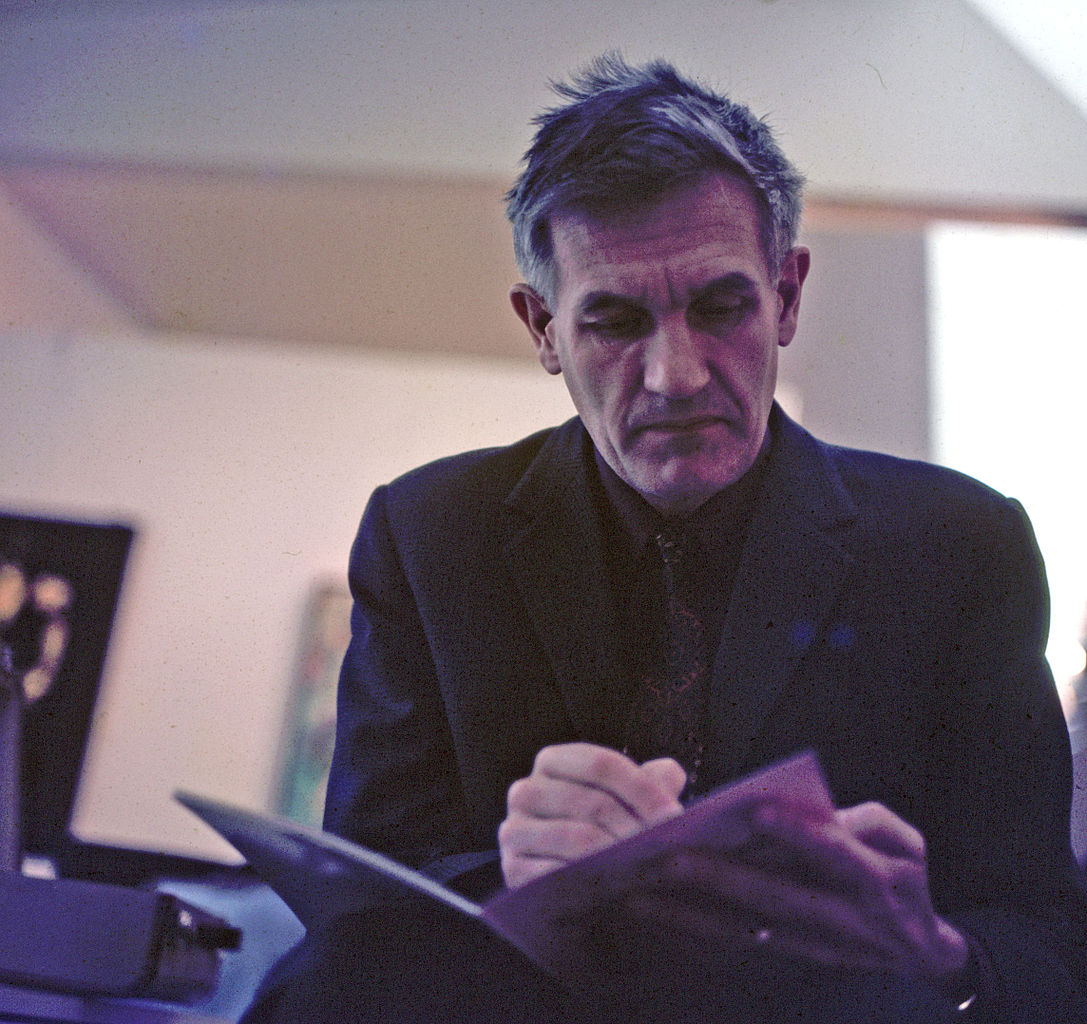
Bernard Schultze was a German painter who co-founded the Quadriga group of artists along with Karl Otto Götz and two other artists.
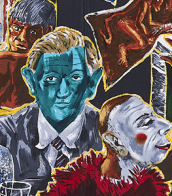

Magdalena Jetelová is a Czech installation artist and land artist, who has achieved international acclaim. Known mainly for her environmental installation works, Jetelová combines light, architecture, photography, sculpture, and installation to explore the relationship between humans, objects, and space. Her work has been exhibited in various prominent galleries internationally such as Museu d'Art Contemporani de Barcelona, Tate Gallery London, Museum of Modern Art, 21er Haus, and the Martin-Gropius-Bau. Her work is also in the collection of Hirschorn Museum, the Centre Pompidou, and the Museum Ludwig.


Magdalena Jetelová is a Czech installation artist and land artist, who has achieved international acclaim. Known mainly for her environmental installation works, Jetelová combines light, architecture, photography, sculpture, and installation to explore the relationship between humans, objects, and space. Her work has been exhibited in various prominent galleries internationally such as Museu d'Art Contemporani de Barcelona, Tate Gallery London, Museum of Modern Art, 21er Haus, and the Martin-Gropius-Bau. Her work is also in the collection of Hirschorn Museum, the Centre Pompidou, and the Museum Ludwig.
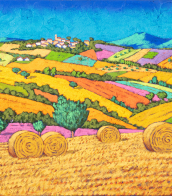

Jasper Johns, an American artist, has been a pivotal figure in the art world, celebrated for his innovative contributions to painting, sculpture, and printmaking. Johns, born in 1930, has challenged and expanded the boundaries of contemporary art with his unique approach to visual expression, blending elements of Abstract Expressionism, Neo-Dada, and Pop Art. He is perhaps best known for his iconic depictions of everyday objects and symbols, such as flags, maps, numbers, and targets, which he transforms into complex, layered works that invite contemplation on themes of identity, perception, and memory.
Johns' art is distinguished by its masterful use of texture, symbolism, and an exploration of the materiality of the medium. His technique of incorporating textural elements and found objects into his canvases blurs the lines between painting and sculpture, challenging traditional distinctions in art. For instance, his piece "Flag" (1954-55) reimagines the American flag with a surface rich in encaustic paint and newspaper clippings, creating a work that is both a familiar symbol and a deeply personal expression. Similarly, "Painted Bronze" (Ale Cans) (1960) playfully interrogates the nature of representation and the art object by presenting a lifelike bronze sculpture of beer cans, furthering the dialogue on art's relationship with the everyday.
Johns' work is held in high esteem and can be found in major museums and galleries worldwide, including the Museum of Modern Art in New York and the Tate Modern in London. His influence extends beyond his own oeuvre, impacting the development of several art movements, including Pop Art and Conceptual Art. Johns' exploration of language and semiotics, particularly in works like "According to What" (1964), prefigured the Conceptual Art movement's interest in the role of language and ideas in art.
For collectors and experts in art and antiques, Jasper Johns' work represents a critical junction in the evolution of post-war American art, offering rich insights into the interplay between cultural symbols and artistic innovation. His enduring relevance and the intellectual depth of his work continue to inspire and challenge audiences, making him a central figure in discussions of contemporary art.
To stay informed about new sales, auction events, and updates related to Jasper Johns, we invite you to sign up for our newsletter. This subscription is an excellent resource for enthusiasts and collectors eager to engage with the dynamic market for Jasper Johns' works and related artistic developments.


Jasper Johns, an American artist, has been a pivotal figure in the art world, celebrated for his innovative contributions to painting, sculpture, and printmaking. Johns, born in 1930, has challenged and expanded the boundaries of contemporary art with his unique approach to visual expression, blending elements of Abstract Expressionism, Neo-Dada, and Pop Art. He is perhaps best known for his iconic depictions of everyday objects and symbols, such as flags, maps, numbers, and targets, which he transforms into complex, layered works that invite contemplation on themes of identity, perception, and memory.
Johns' art is distinguished by its masterful use of texture, symbolism, and an exploration of the materiality of the medium. His technique of incorporating textural elements and found objects into his canvases blurs the lines between painting and sculpture, challenging traditional distinctions in art. For instance, his piece "Flag" (1954-55) reimagines the American flag with a surface rich in encaustic paint and newspaper clippings, creating a work that is both a familiar symbol and a deeply personal expression. Similarly, "Painted Bronze" (Ale Cans) (1960) playfully interrogates the nature of representation and the art object by presenting a lifelike bronze sculpture of beer cans, furthering the dialogue on art's relationship with the everyday.
Johns' work is held in high esteem and can be found in major museums and galleries worldwide, including the Museum of Modern Art in New York and the Tate Modern in London. His influence extends beyond his own oeuvre, impacting the development of several art movements, including Pop Art and Conceptual Art. Johns' exploration of language and semiotics, particularly in works like "According to What" (1964), prefigured the Conceptual Art movement's interest in the role of language and ideas in art.
For collectors and experts in art and antiques, Jasper Johns' work represents a critical junction in the evolution of post-war American art, offering rich insights into the interplay between cultural symbols and artistic innovation. His enduring relevance and the intellectual depth of his work continue to inspire and challenge audiences, making him a central figure in discussions of contemporary art.
To stay informed about new sales, auction events, and updates related to Jasper Johns, we invite you to sign up for our newsletter. This subscription is an excellent resource for enthusiasts and collectors eager to engage with the dynamic market for Jasper Johns' works and related artistic developments.


Jasper Johns, an American artist, has been a pivotal figure in the art world, celebrated for his innovative contributions to painting, sculpture, and printmaking. Johns, born in 1930, has challenged and expanded the boundaries of contemporary art with his unique approach to visual expression, blending elements of Abstract Expressionism, Neo-Dada, and Pop Art. He is perhaps best known for his iconic depictions of everyday objects and symbols, such as flags, maps, numbers, and targets, which he transforms into complex, layered works that invite contemplation on themes of identity, perception, and memory.
Johns' art is distinguished by its masterful use of texture, symbolism, and an exploration of the materiality of the medium. His technique of incorporating textural elements and found objects into his canvases blurs the lines between painting and sculpture, challenging traditional distinctions in art. For instance, his piece "Flag" (1954-55) reimagines the American flag with a surface rich in encaustic paint and newspaper clippings, creating a work that is both a familiar symbol and a deeply personal expression. Similarly, "Painted Bronze" (Ale Cans) (1960) playfully interrogates the nature of representation and the art object by presenting a lifelike bronze sculpture of beer cans, furthering the dialogue on art's relationship with the everyday.
Johns' work is held in high esteem and can be found in major museums and galleries worldwide, including the Museum of Modern Art in New York and the Tate Modern in London. His influence extends beyond his own oeuvre, impacting the development of several art movements, including Pop Art and Conceptual Art. Johns' exploration of language and semiotics, particularly in works like "According to What" (1964), prefigured the Conceptual Art movement's interest in the role of language and ideas in art.
For collectors and experts in art and antiques, Jasper Johns' work represents a critical junction in the evolution of post-war American art, offering rich insights into the interplay between cultural symbols and artistic innovation. His enduring relevance and the intellectual depth of his work continue to inspire and challenge audiences, making him a central figure in discussions of contemporary art.
To stay informed about new sales, auction events, and updates related to Jasper Johns, we invite you to sign up for our newsletter. This subscription is an excellent resource for enthusiasts and collectors eager to engage with the dynamic market for Jasper Johns' works and related artistic developments.

